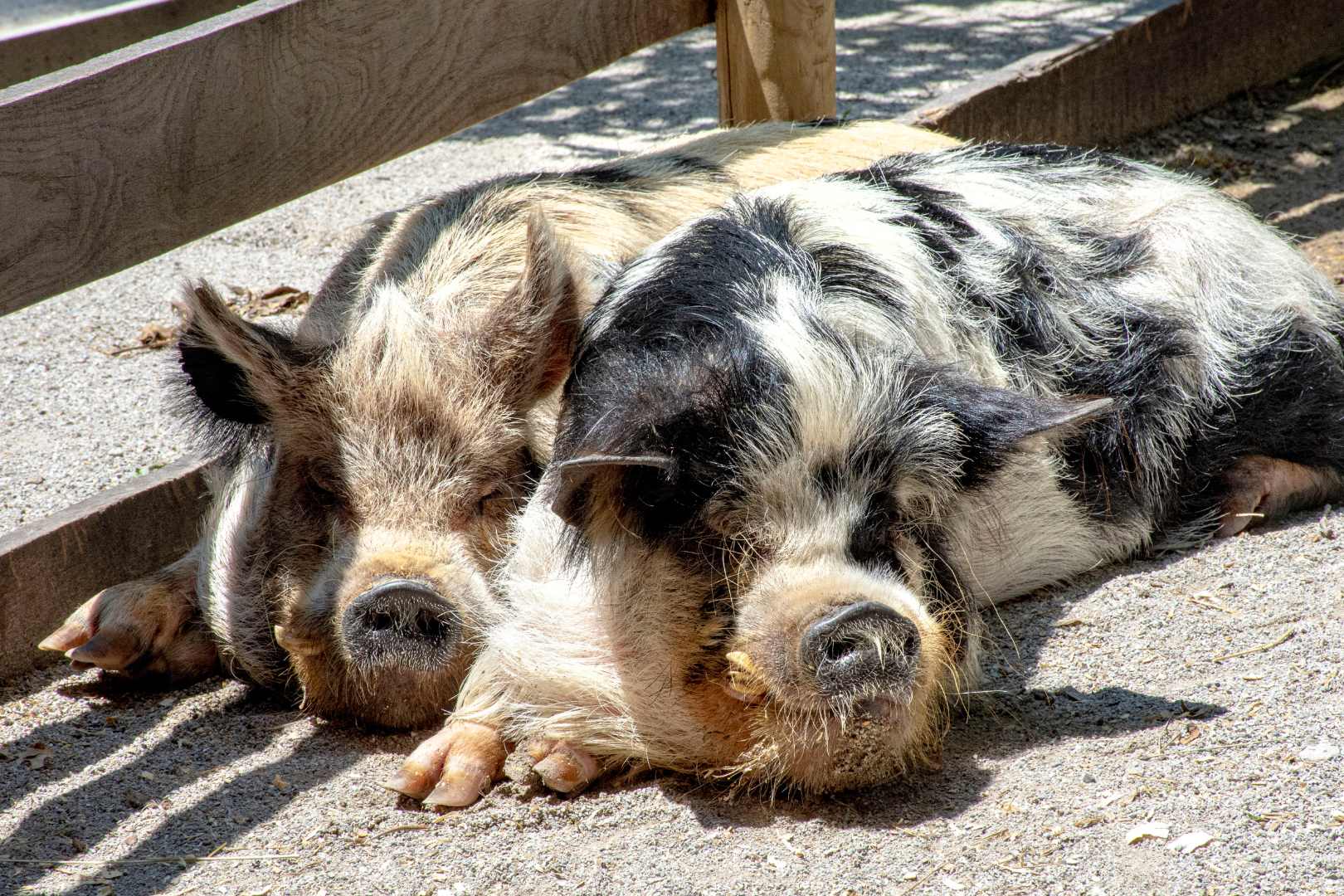Kunekune (prounounced “KOO-nee KOO-nee”) pigs get their name from the Maori language and translates to “fat and round.” The Maori are people native to the island of New Zealand.
HELPING KUNEKUNE PIGS IN THE WILD
By visiting the Fort Wayne Children’s Zoo, you are supporting local, regional, and global conservation. A portion of every ticket sold goes towards conservation of wildlife and wild places. Each year, the Fort Wayne Children’s Zoo donates over $250,000 to our conservation partners.
I AM IMPORTANT TO MY ECOSYSTEM

